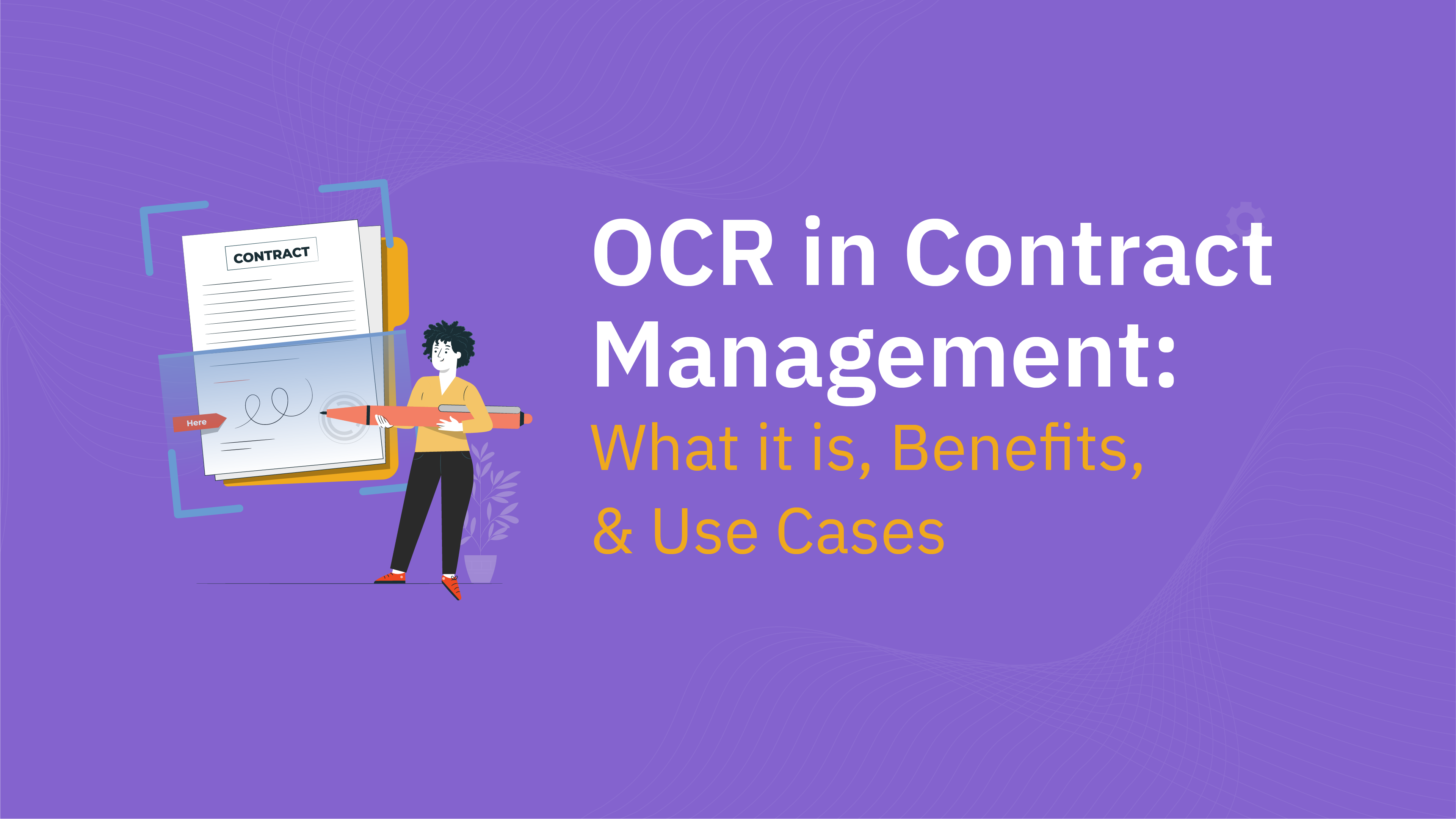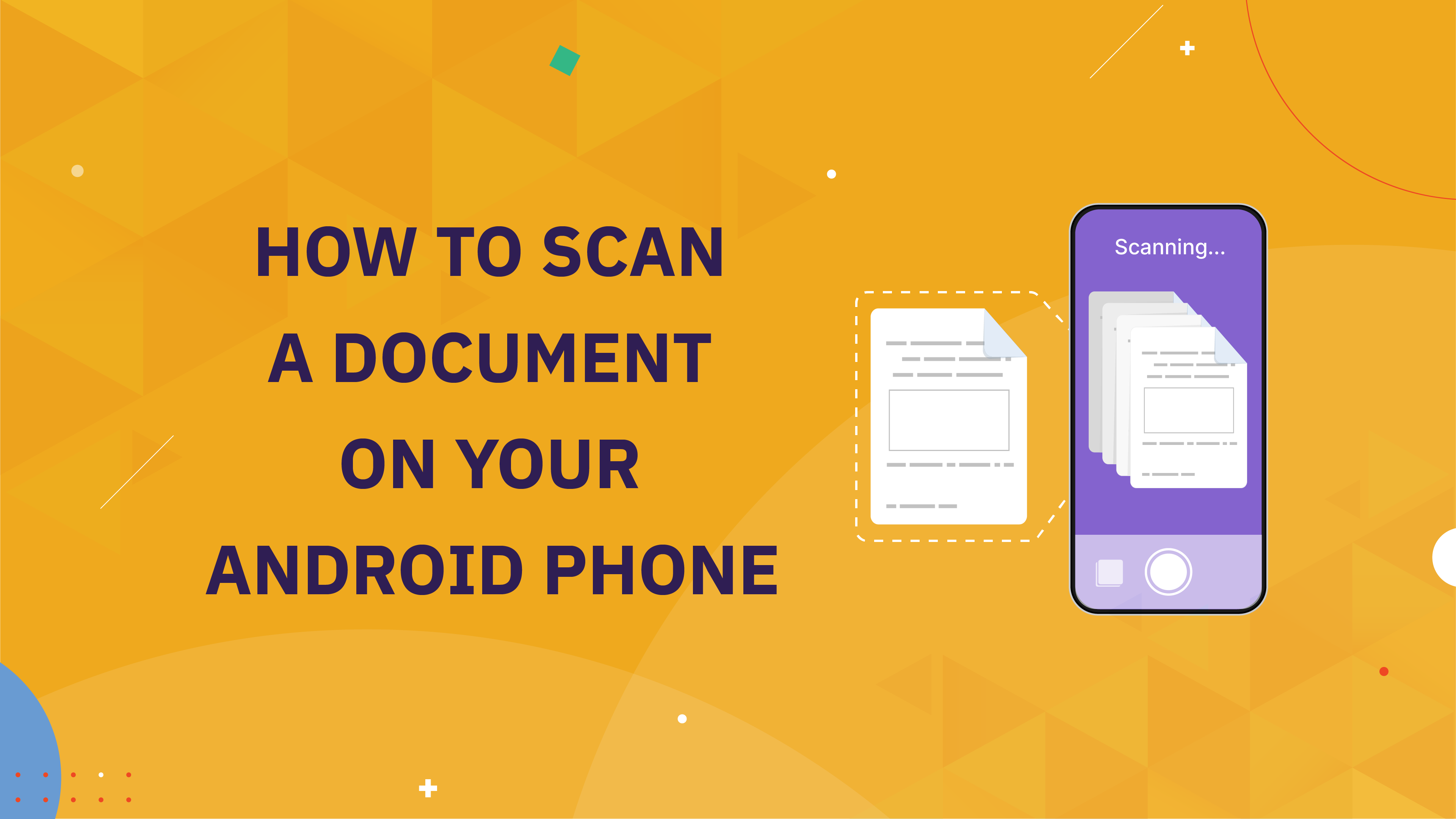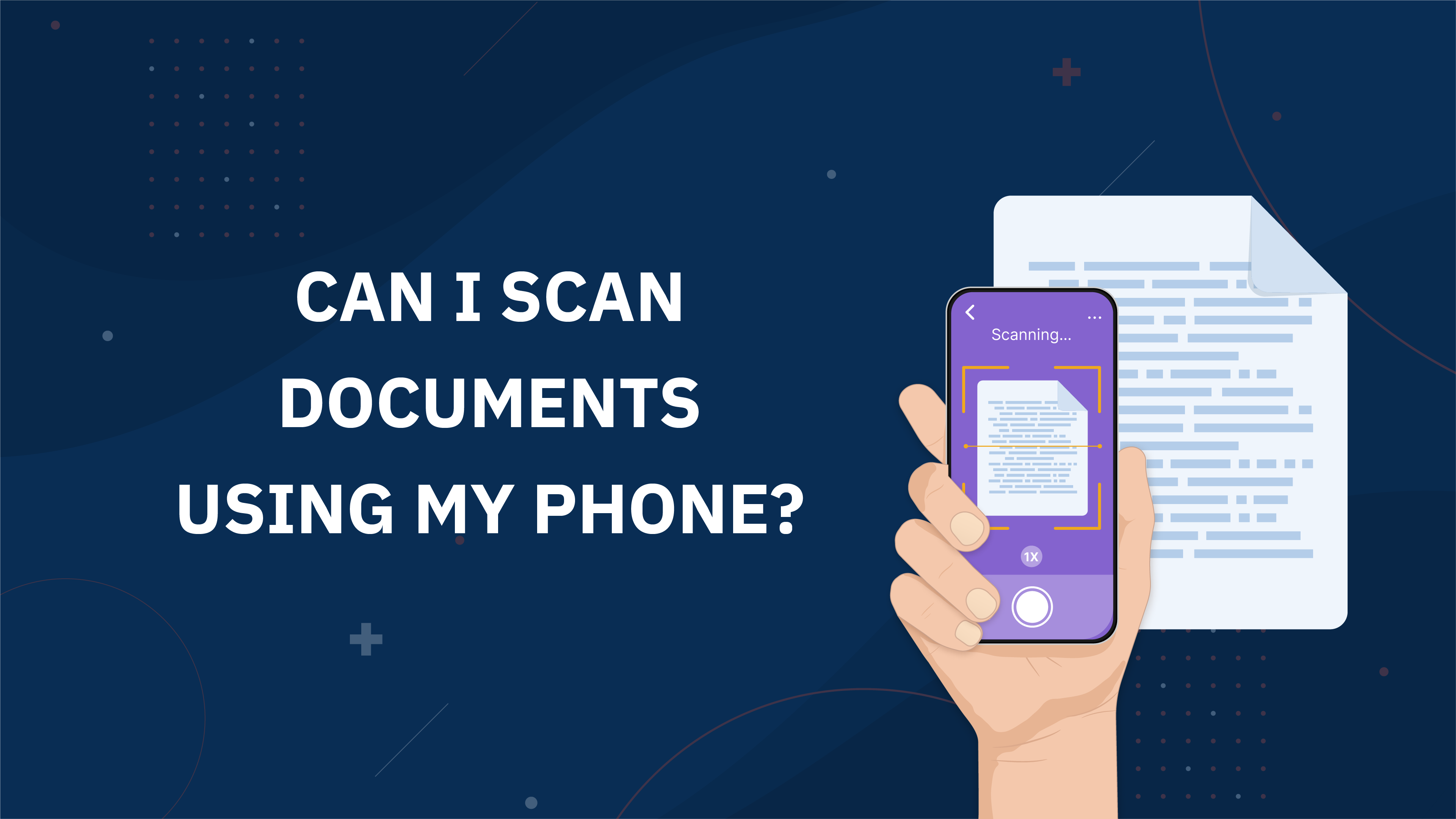Managing paper contracts comes with many complexities: they’re easy to lose, difficult to search for specific information, and can’t be quickly edited or shared. Optical character recognition (OCR) technology helps to solve these issues by converting images, scans, and PDFs into machine-readable data. OCR has a few notable limitations though, which can be overcome with AI.
Any organization or team that deals with contracts — legal, sales, insurance, real estate, and government, for example — can benefit from OCR. Here’s a closer look at how OCR is used in contract management, how it improves contract handling, and how advancements in AI, such as large language models, solve the shortcomings of OCR.
What Can OCR Extract From Contracts?
OCR contract technology can extract structured, semi-structured, and unstructured data from contracts. Examples include:
- Dates
- Names
- Clauses
- Risk language
- Payment amount
- Contact information
This data can then be used to classify and organize contracts, trigger subsequent actions, and enrich integrated tools.
7 Use Cases for OCR in Contract Management
Different organizations and industries find unique ways to use contract OCR technology. Here are a few examples to inspire you to work smarter, not harder.
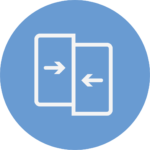
Contract Comparison
When you have multiple versions of a contract, digitizing each version with OCR makes it much easier to find the differences. Compare changes between the initial contract and a revised version. Then, flag the changes for your legal team to review or make adjustments yourself.

Contract Renewal
With contracts reaching expiration or renewal at different times, OCR can help teams stay on top of deadlines. Use OCR to extract the expiration or renewal date and store that information in your contract management system. You can now organize your contracts based on when they expire and be proactive about negotiating renewals.

Search Contracts
OCR turns paper contracts into searchable data. Rather than poring through pages of documents for a needle in a haystack, users can type in the text that they’re looking for and instantly see all the relevant results.

Classify Contracts
For companies with many types of contracts, they can use OCR technology to digitize contract data that can then be used to classify, sort, and organize documents. For example, a real estate company with hundreds of rental property contracts might use contract management OCR to classify contracts according to lease duration, rental amount, and termination dates.

Edit Contracts
Contracts often need to be amended. Instead of having to type up the entire contract in order to make changes to it, you can use OCR contract technology to convert the paper contract into a Word document, Google Doc, or other editable text file. Locate and change specific lines without all the tedious work.

Data Validation
By using OCR to scan and pull out details in a contract, organizations can then verify that data manually or against other data sources. For example, insurance companies can use OCR to extract important information from policies, such as customer names, policy numbers, and coverage details, and verify that against the claim. This speeds up claims processing while also reducing the potential for human error.
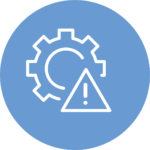
Risk Management
Contract analysis requires a keen eye and attention to detail. A simple oversight could have explosive legal and financial implications. Using OCR, companies can identify risky language and implement faster, more accurate contract review processes to mitigate potential disputes.
Benefits of Using OCR in Contract Management
By transforming paper or PDF contracts into searchable, editable text, businesses can streamline the end-to-end contract management process. The benefits of doing so are numerous and far-reaching.
Save Time
- Eliminate manual data entry
- Easily edit contract information
- Quickly search and find information in contracts
- Compare different versions of a contract
Save Money
- Reduce employees needed for data entry
- Eliminate physical storage costs
Improve Risk Management
- Increase data security
- Identify and mitigate contract risk more effectively
Streamline Workflows
- Turn contracts into data that can be tracked, analyzed, and organized
- Automatically classify and categorize contract data
- Never miss a deadline for contract renewal, cancellation, or due dates
Increase Accessibility
- Easily share contracts between parties and departments
- Improve decision-making when everyone has access to contract data
How Does OCR Contract Management Software Work?
While no two OCR contract management tools are the same, they share some basic features and functions. Here’s a general overview of how they work:
- If you have a paper contract, take photos of all the pages or scan them and then upload it to the OCR contract management software. If you have a PDF contract, you can directly upload it.
- Convert the entire document into machine-readable text or only the information you want, such as names, dates, and specific clauses.
- Contract fields, such as company name, effective date, termination date, and renewal terms, in your contract management software are automatically populated.
- After your contracts have been digitized, users can search for contracts just as they would locate information in any database. You can also classify contracts, assign role-based access, track changes, share contracts with others, or integrate contracts with other systems, such as CRM, ERP, or accounting software. Some contract management software support the ability to run reports or set up alerts when contracts are due to renew or expire.
Going Beyond OCR to Get More From Contract Data
Despite its benefits in contract management, OCR has two main downfalls:
- Variable accuracy: OCR isn’t isn’t always accurate. Although it excels at recognizing printed text, it struggles with handwriting, low-quality scans, and skewed text. This poses a challenge for contracts with handwritten signatures, fields, or amendments.
- Lacks contextual understanding: Because OCR can only identify and convert text, it lacks the contextual understanding to understand, analyze, or classify contracts. It can give you the data that’s needed for these tasks, but you’ll still need to do the work yourself.
Technology has progressed from OCR to AI, which offers greater accuracy, works with all data types, and is capable of understanding and interpreting information like humans do. AI expands upon the capabilities of OCR while improving on its shortcomings, giving organizations a better way to manage contracts.
Instabase AI Hub is a suite of apps that leverage large language models (LLM), retrieval-augmented generation (RAG), and generative AI to help companies easily work with unstructured data and documents. With AI Hub, you can not only extract data from contracts, but get help with understanding, processing, and analyzing your contracts.
- Large language models are trained on vast amounts of data to understand human language and mimic human cognitive abilities. This allows them to translate language, summarize text, and have free-flowing conversations with humans.
- Retrieval-augmented generation enhances the accuracy of LLMs by connecting them to external knowledge sources, such as databases or web documents. This equips LLMs with the ability to generate responses using real-world and current information.
- Generative AI is a type of machine learning that can create new content, such as text and images.
Two apps in AI Hub, Converse and Build, are most useful for contract management. If you’re working with a small number of contracts, Converse can help you convert them into editable text. For organizations that are managing lots of contracts and need to complete the same tasks over and over in order to process each contract, Build enables you to automate those repetitive processes.
| CONVERSE | BUILD |
|---|---|
| Best For: – Interacting with one or a few contracts – Gaining insights into the contents of a contract | Best For: – Processing large volumes of contracts at once – Creating automated, repeatable workflows |
| Use Cases: – Summarizing contracts – Asking questions to understand a contract – Contract analysis – Finding specific information in a contract – Extracting text from one document | Use Cases: – Validating, reformatting, and standardizing data – Extracting text from multiple documents – Sending extracted data to contract lifecycle management software or other third-party systems |
AI picks up where OCR leaves off, ensuring you have a more efficient and more accurate way to manage contract data. Try Instabase AI Hub for free to see the impact yourself.
Upgrade From OCR to AI for Contract Management
Convert your contracts into editable, searchable data with AI Hub.
